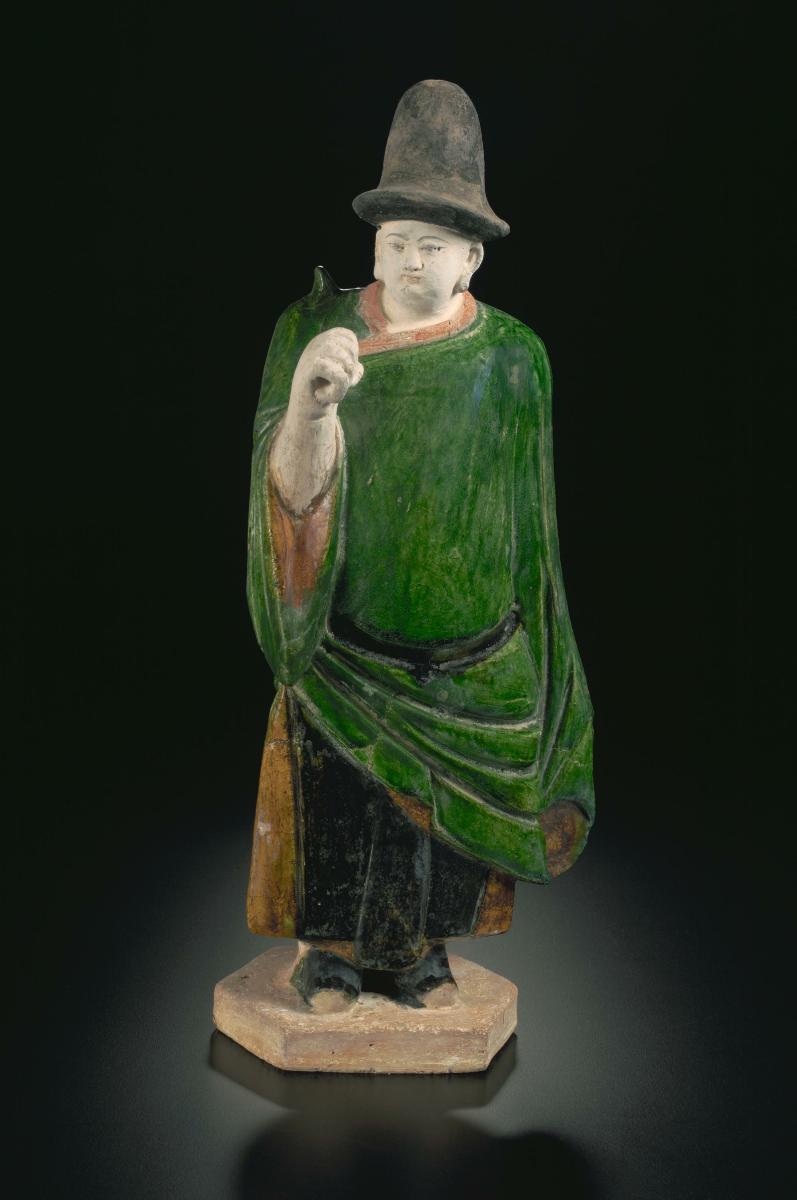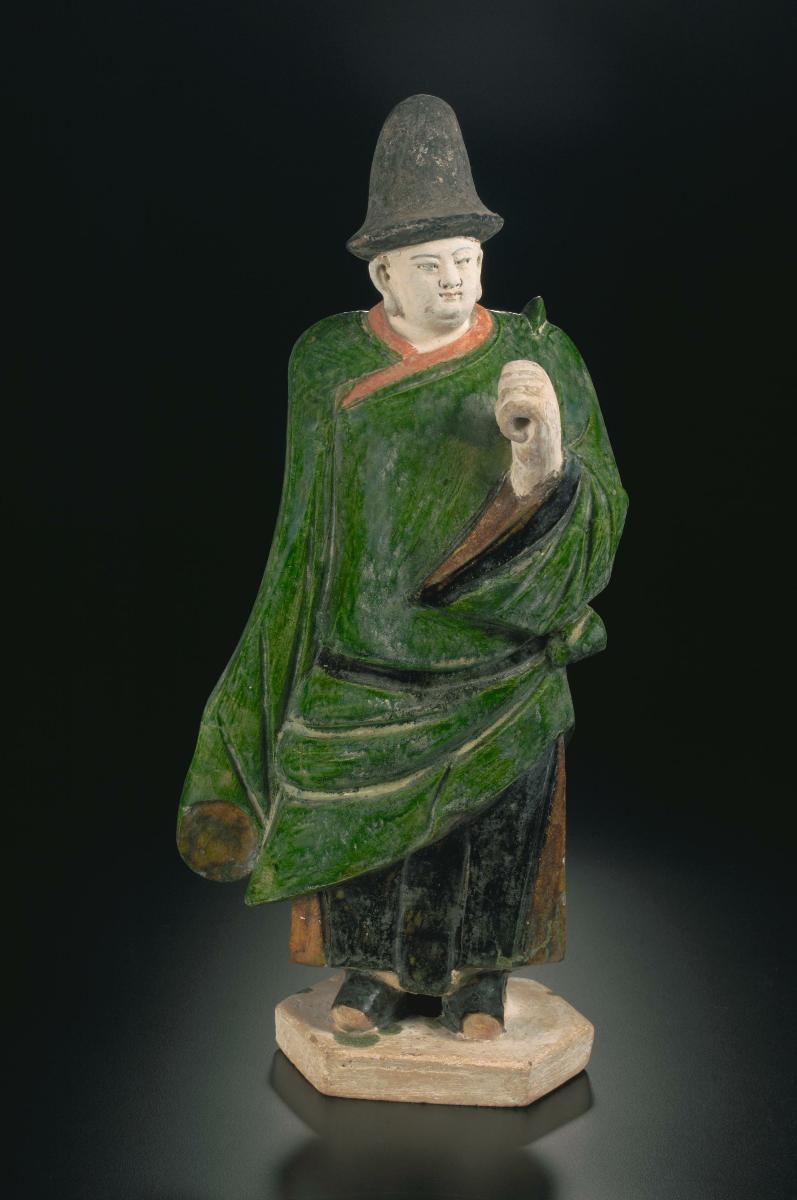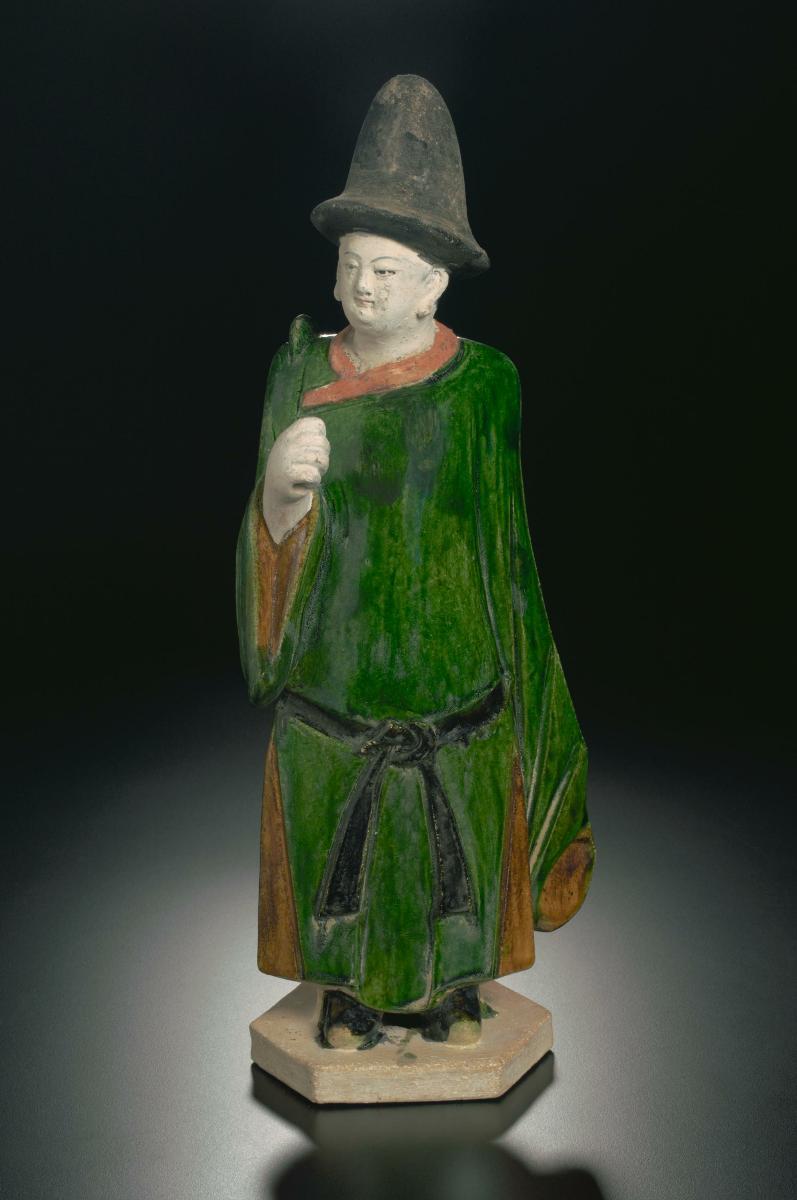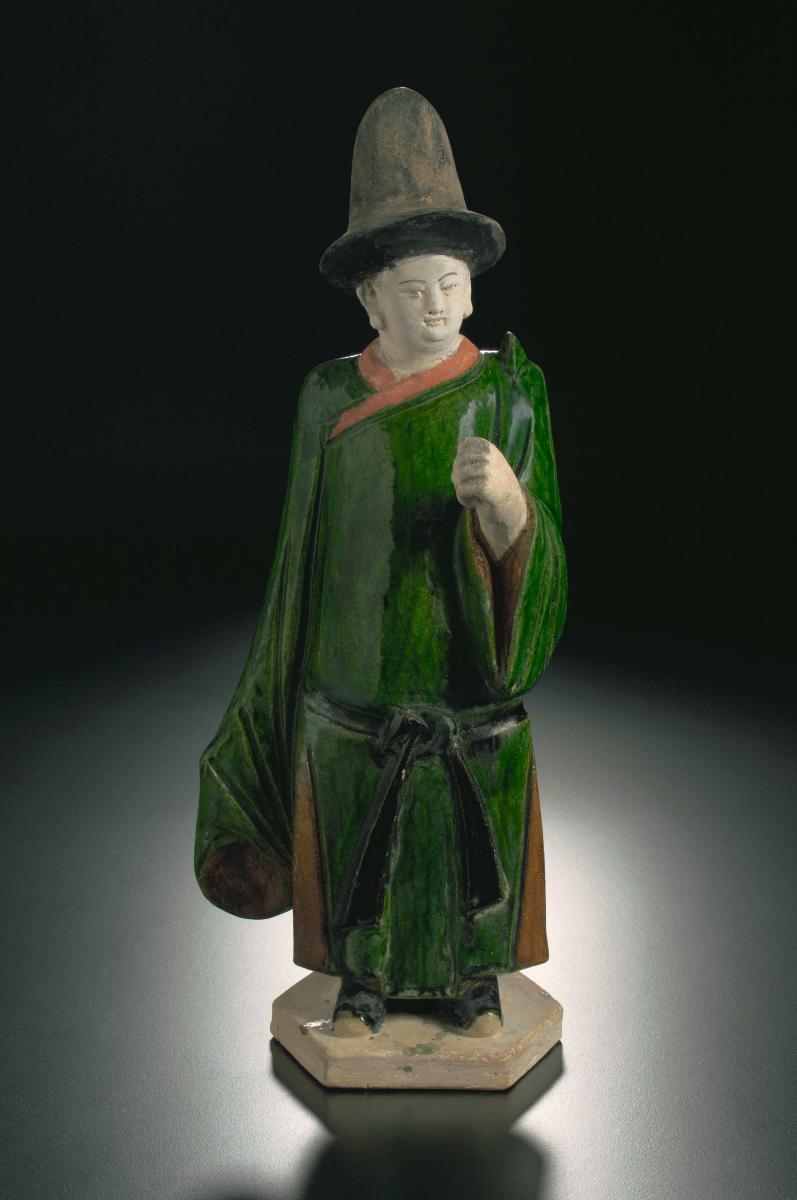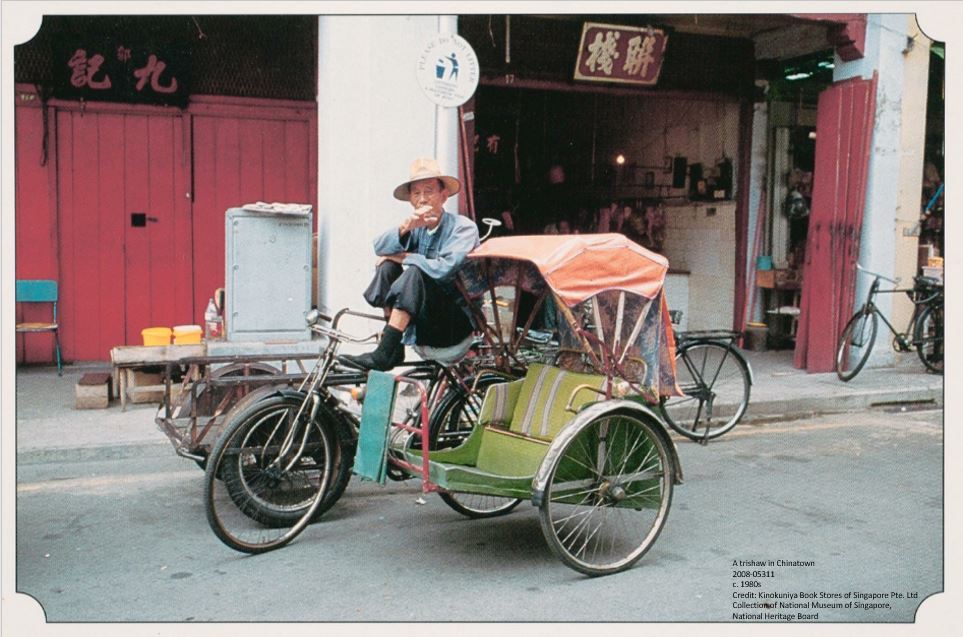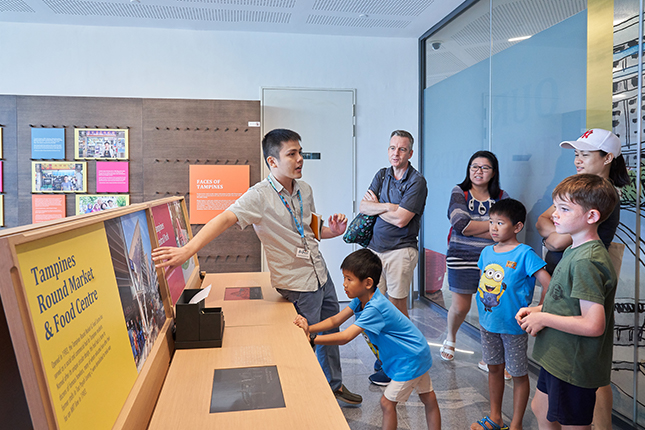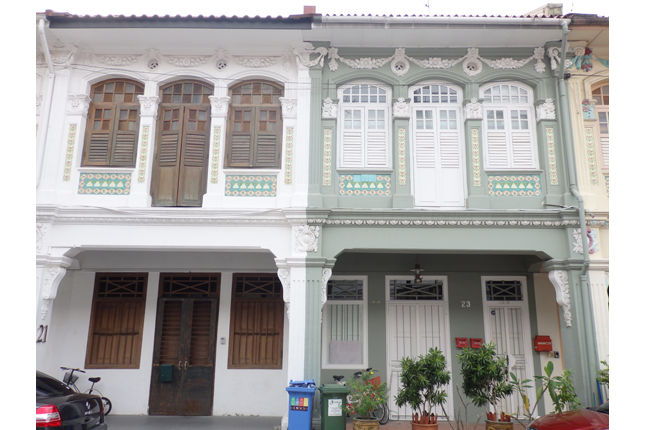This figure of a male attendant is decorated with colourful pigments and a shiny green lead glaze. He wears a tall vermillion hat and a broad-sleeved robe. His left hand is concealed beneath the sleeves while his right appears as if carrying the pole attached to the sedan chair.The figurine is 'mingqi' or burial ware that would have been part of a larger group of funerary items. The custom was an ancient one. It is thought these wares were necessary for the deceased in the next world. Elaborate groups of burial wares were also a display of wealth and social status.The practice of using lead-glazed burial wares had already started during the Han dynasty (206 BCE-220 CE). This glaze technology further developed during the Tang dynasty (618-906) into ‘sancai’ (‘three-colour’) glaze. It included colours such as cream, amber, brown and blue. The glaze tradition continued into the Ming period.




